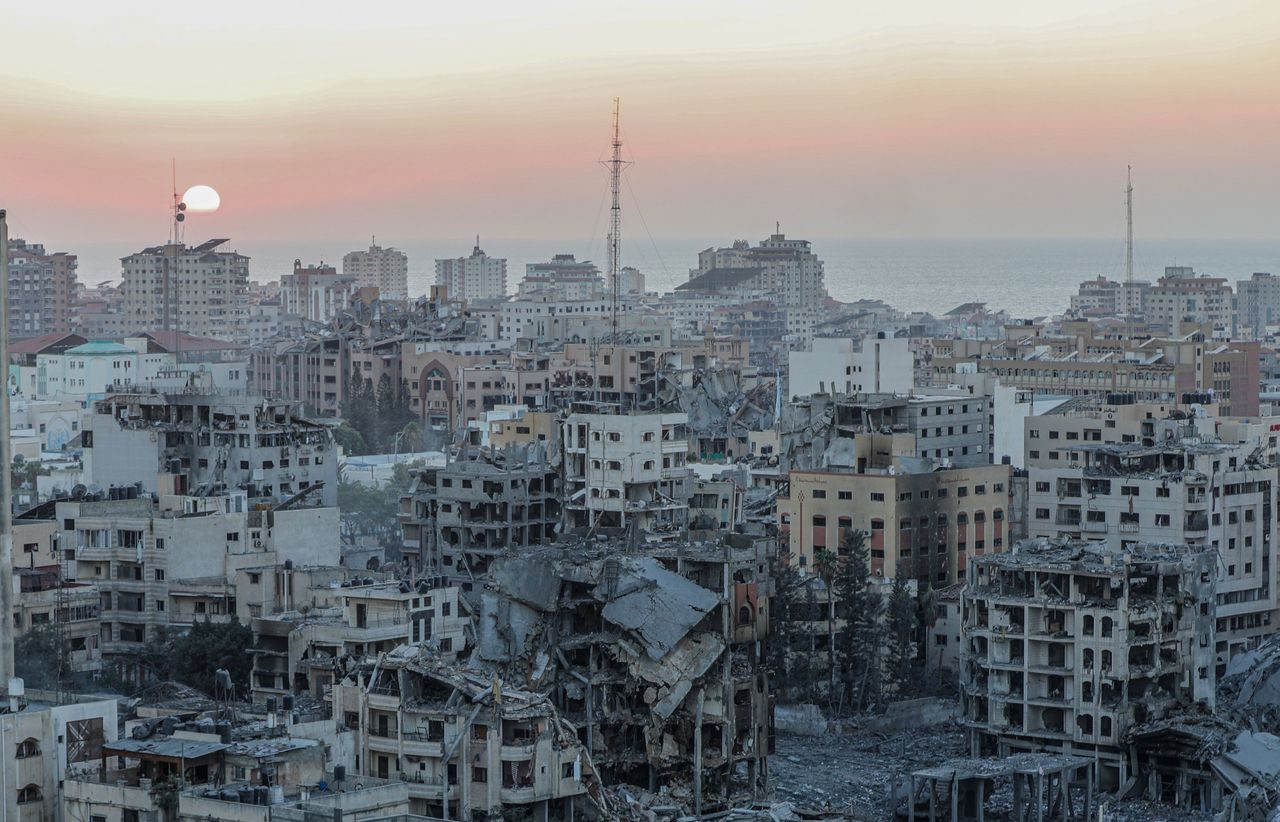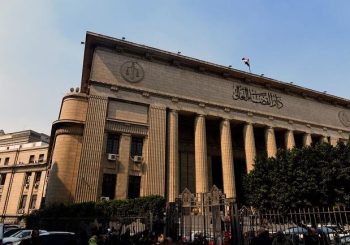Israel’s War Cabinet has agreed to allow two fuel tankers a day into the Gaza Strip following a U.S. request amid warnings by the United Nations of a growing possibility of widespread starvation in Gaza, Israel’s National Security Advisor Tzachi Hanegbi said on 17 November.
Hanegbi said that the Coordinator of Government Activities in the Territories (COGAT) will allow 60,000 liters (15,850 gallons) a day — a quantity he described as “very minimal.” He also said that the decision to allow fuel tankers into Gaza was “taken due to [Israel’s] willingness to avoid the spread of pandemics.”
The vast majority of the fuel will be used for water and sewage systems — which Hanegbi described as on the verge of collapsing — and will also be used by UNRWA trucks as well as for waste disposal, bakeries, and hospitals in southern Gaza, a US official told CNN.
Around 20,000 liters will be used every 48 hours to power telecommunications company Paltel’s generators following the frequent complete communications shutdowns happening in Gaza due to the severe fuel shortage.
The decision was criticized by various members of the Israeli government, and some asked for the policy to be reversed.
“That decision is extremely odd. This decision is a spit in the face of IDF soldiers, bereaved families, the hostages, and their families,” Israeli Finance Minister Bezalel Smotrich said. “This is not how you win a war, that’s not how you destroy Hamas, and that’s not how we’ll return the hostages.”
The World Health Organization issued a warning on 17 November about the situation in Gaza and the limited number of available medical facilities, stating that it is “clearly not enough to support the endless needs.”
This came after the head of the UNRWA said that the lack of fuel is jeopardizing the “entire architecture of the humanitarian response” in Gaza, where raw sewage is now flooding the streets.
THE CONFLICT SO FAR
After a surprise attack conducted on 7 October by Hamas on a number of southern Israeli towns which resulted in the deaths of an estimated 1,200 people and more than 220 being taken hostage by Hamas, Israel launched a retaliatory bombing campaign against what it describes as ‘terrorist targets’ in the Gaza Strip.
Over 12,000 Palestinians have been killed in the Gaza Strip — including at least 5,000 children — and over 27,490 others injured. Meanwhile, at least 186 Palestinians have been killed in the West Bank and at least 2,700 have been injured.
The priority of the Egyptian government since the beginning of the conflict has been deescalation and the securing of a path for aid to enter the Gaza Strip through the Rafah crossing. Israel bombed the crossing at least six times, and limited aid trucks have crossed to Gaza so far, which UN officials warn is insufficient amid dire humanitarian conditions.
Most Western countries, with the United States at the forefront, have expressed unconditional support for Israel, despite the steadily rising death toll in Gaza. Meanwhile, the United Nations General Assembly has issued a resolution calling for a ceasefire.






Comments (0)